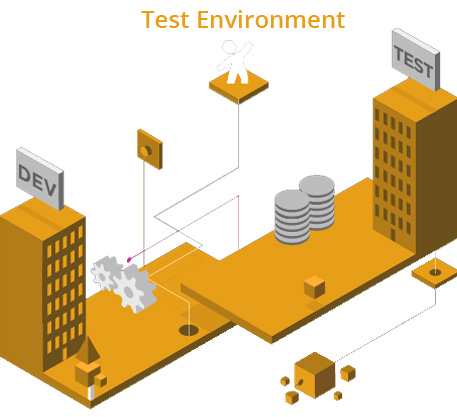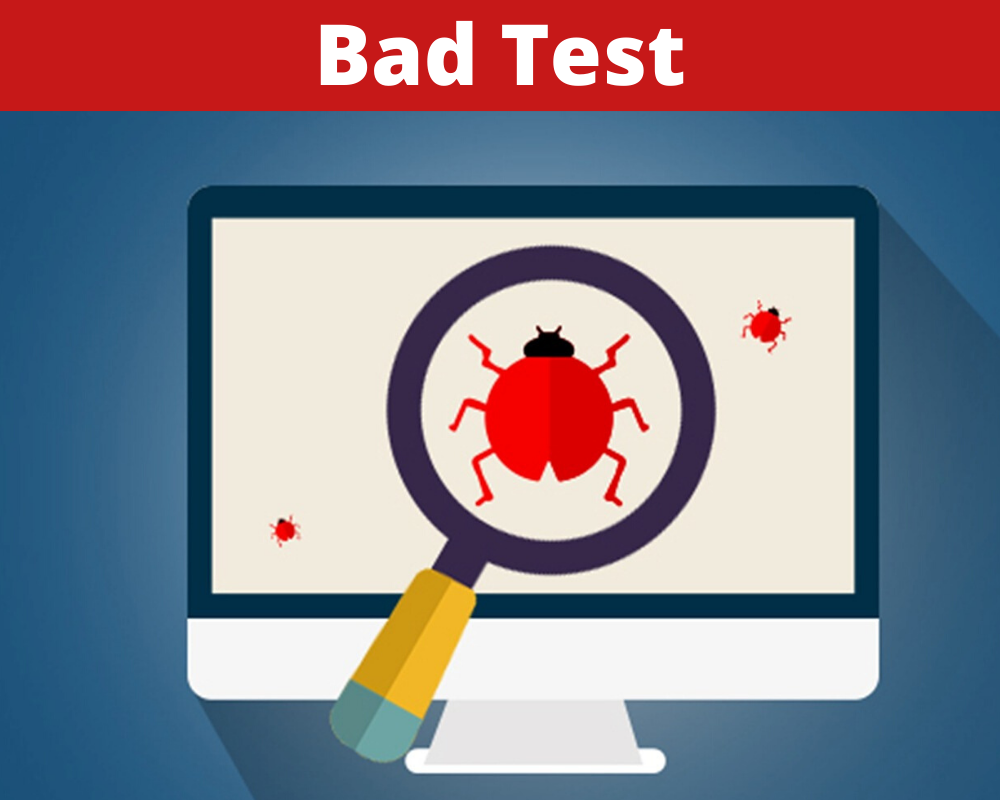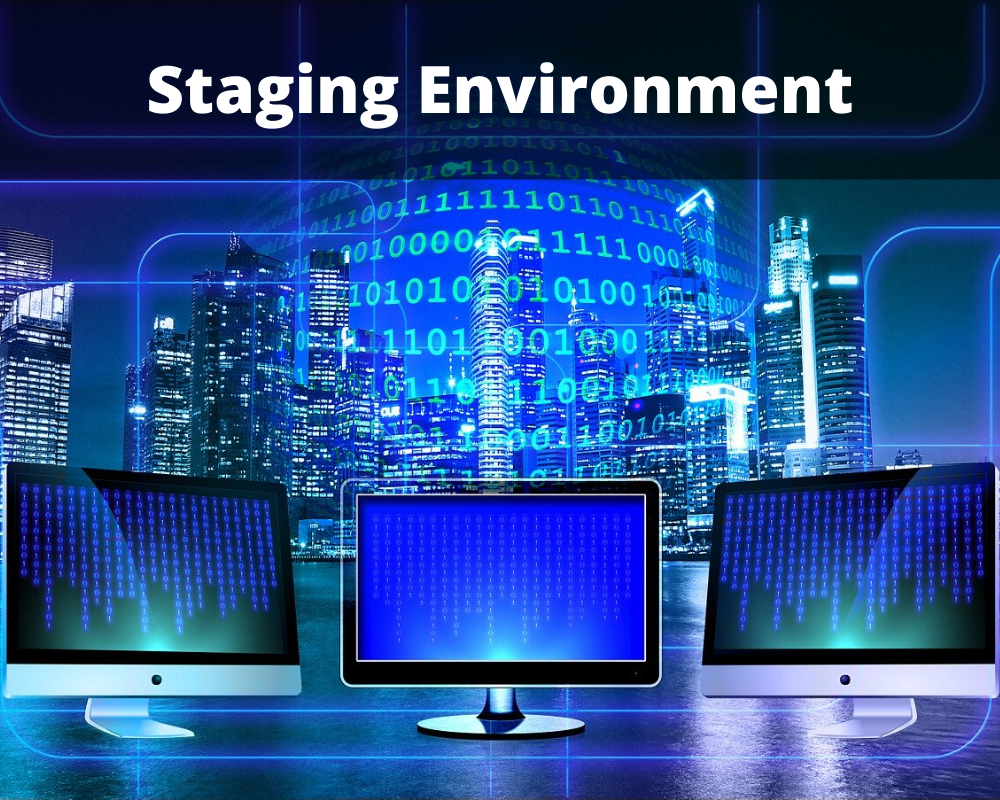Your Ultimate Guide to Managing Your Test Environment Effectively

Have you ever wondered how software companies are able to set up their test environment? What is the best way to effectively manage all these different environments? Setting up test environments looks to be easy, but it isn’t at all. You are introduced to new challenges regularly like: What is the best way to manage the IT environment management tools?
It is always a tricky proposition to develop a replica of your production environment. On top of this, the testing engineers have to work very hard to manually create those environments which take a lot of time and effort. If all this sounds similar, then we have a solution for you.
In the paras given below, we will explore the difference between a test and a staging environment. So, without much ado, let’s get started.
Definition of a Test Environment
It is nothing but a server that enables you to run the test cases defined earlier. However, it is not all about simply setting up a server to run tests on; it also comprises hardware and network configuration.
In simple words, with the help of a test environment, you can develop identical settings every single time you are required to test a product. It is one of the most vital tools employed by a testing engineer to derive the right testing results.
What is Test Bed?

It is a type of test environment that has been developed in conjunction with test data. With the help of the test data, you can scrutinise test cases that need a specific data setup.
Let’s imagine that you wish to test whether a specific function can work in creating an invoice for sales data present in the database. The data that is required to create a database in the test environment is termed as a test bed. In fact, there is only a small difference between a test environment and test bed; however, it is significant to know the nuance between both the terms.
Why Go for Test Environment?
Even though you might have a great test case definition along with a highly skilled testing engineer, however, to effectively utilise these resources, it is essential to have a well-designed test environment.
It can even act as a replica of the production environment. This is one of the most vital aspects that makes you confident about the testing results. Here, the role of the test environment management tool becomes even more crucial.
Essential Elements for Creating a Test Environment

There is a wide array of elements that are needed to create the right test environment. These include:
-
Development of test data and insertion to test environment (test bed);
-
Set up the database;
-
Configure the environment;
-
Opt for appropriate hardware and operating system (Example, Understand the difference between running application on Windows 8.1 and Windows 10);
-
Configuration of the network (Example, cross-origin resource sharing).
It is equally essential for you to document all actions. This way, other users will find it easy to replicate the steps. Along with this, with the help of detailed documentation, testing engineers can easily set up different types of test environments like staging and production environments.
Distinct Points Between Test and Staging Environment
Nowadays, we find both a test and a staging environment to be used simultaneously. Let’s find out the reasons to have both and how they differ from each other.
Definition of a Test Environment
It is the job of a testing engineer to use different test environments to ascertain a particular part of the application. This includes a separate configuration and data setup. Hence, it is extremely difficult to call it a one-size-fits-all setup.
This very reason makes test environments distinct from each other. It needs a distinct setup for testing different parts of the code. On top of this, the testing engineer creates lots of test environments which makes the code evolve. In a single sentence, if you are employing a test environment, the environment’s setup is totally dependent on the code.
Definition of a Staging Environment

It is an environment that tries to copy the production environment as it is to scrutinise how the live version of your application will perform. It is extremely critical for your staging environment to be the same as your production environment. This objective can be achieved with the help of comprehensive documentation. Here, it is integral to define all the needs and correct configuration of the production environment.
While the testing environment is dedicated to testing individual components, the staging environment is focused on testing the application as a whole. In simple words, the staging environment is a safe playground where you test the complete application.
This way, the staging environment is recommended to run end-to-end tests or conduct performance testing. With the help of the end-to-end tests, it is possible to ascertain whether the entire application runs as expected through testing all the integrations.
On top of that, the staging environment is an exact replica of the production environment; hence, it is the safest zone to test the limits of your environment and application through performance testing.
All in all, a staging environment is the phase wherein the entire application gets tested under the same conditions as the production environment.
Final Words
Ultimately, you need to decide the best course of action for your application. However, the things that we have mentioned in this write-up will go a long way in ensuring that your test environment management effectively.

/image%2F2216698%2F20161213%2Fob_bcfbde_enov8.png)


/image%2F2216698%2F20200619%2Fob_1ea851_featured-image.png)
/image%2F2216698%2F20191205%2Fob_b67eae_it-test-environment-management-1.jpg)
/image%2F2216698%2F20191121%2Fob_dff06b_universit-professor.jpg)
/image%2F2216698%2F20210222%2Fob_a988b9_channelize-the-data-trackability-with.png)
